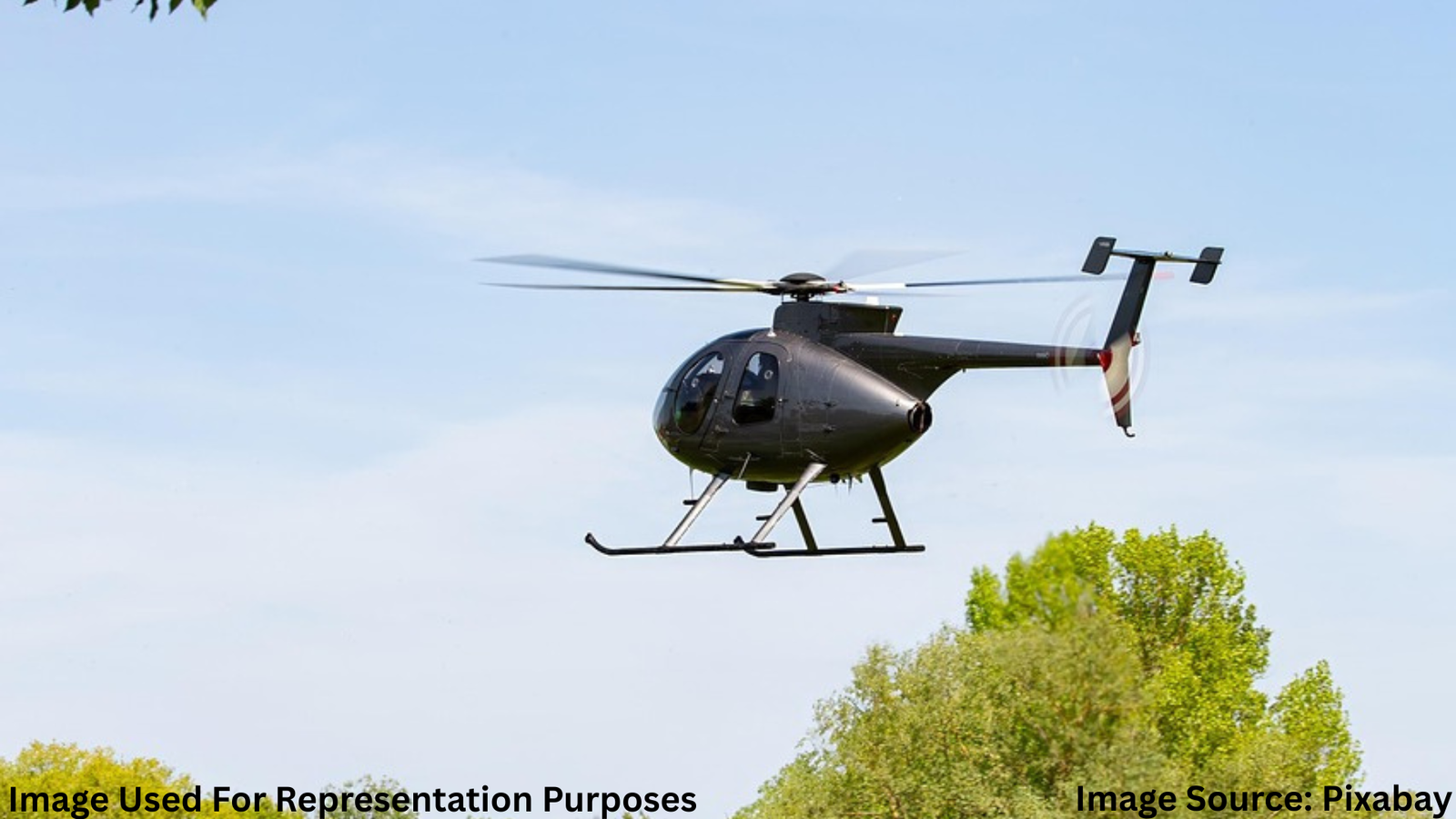
How an Electric Air Taxi Firm Is Expanding by Acquiring a Helicopter Business
Electric air taxi firm targets acquisition is a bold move by an emerging eVTOL company aiming to scale up operations quickly. By acquiring an established helicopter business, this firm plans to merge legacy aviation infrastructure with next‑generation electric aircraft. It is a step that could reshape urban air mobility forever.
Electric Air Taxi Firm Targets Acquisition for Growth
The electric air taxi industry is at a tipping point. With experimental aircraft flying and pilots training, startups now face the challenge of moving from prototypes to pilots, routes, and paying customers. Acquiring a helicopter business provides that infrastructure: flight crews, hangars, helipads, and regulatory approvals all come bundled.
Combining Innovation with Experience
Electric air taxis promise low-noise, low-emission travel over short distances. Helicopter firms bring decades of flight experience and safety records. Together, they form a stronger, faster path to real-world service.
In one personal conversation, a pilot formerly flying for the acquired helicopter operator shared, “I was skeptical at first. But now, I see the potential for stable jobs and safer, quieter trips.” That voice reflects many within the industry—excited by the idea of electric flight but grounded in aviation expertise.
China Savings Debt Dilemma: From Tradition to Modern Financial Strain
Real‑World Advantage: Faster Route to Service
Imagine a city like Miami. Currently, helicopters serve VIP transfers from downtown to coastal resorts. With acquisition, the same routes could transition to quieter, more efficient electric air taxis, using existing helipads and client networks. Riders lose nothing and gain cleaner, smoother travel.
Reducing Barriers with Established Legitimacy
Regulators often spend years vetting new operators. By acquiring a certified helicopter company, the electric air taxi firm speeds up approvals. Authorities already trust the operator’s safety standards, making the shift smoother.
Early Adopters: A Transformational Experience
Consider Julia, a frequent flyer who used helicopter charter services for business in New York. She reported long wait times and high noise levels. After trying an electric air taxi on a pilot route, she noticed the trip was nearly silent, and boarding was smoother at the same pad. That impression highlights how combining legacy infrastructure with innovation benefits users directly.
Lessons from Both Worlds
From the helicopter side, operational rigor and established client trust are invaluable. From the eVTOL side, technological agility and lower running costs offer scalability. Together, these strengths could help the firm meet both current demand and future expectations.
What This Means for Urban Air Mobility
This acquisition signals to investors and cities that electric air taxi firms are serious about service, not just prototypes. It could prompt others in the industry to follow suit—leading to consolidation and faster rollout across cities globally.
Market Confidence and Investor Impact
Analysts have noted that this strategic move shows financial discipline and vision. It helps convert capital-intensive prototypes into revenue‑producing routes. As a result, venture funding is likely to flow more confidently into companies demonstrating practical scaling plans.
Practical Advice for Potential Users
If you live in or travel through congested urban areas, electric air taxis could become a reliable option sooner than expected. To prepare:
- Stay informed about local eVTOL routes or service areas.
- Watch for loyalty programs tied to helicopter operator clients.
- Ask about operational plans before booking—such as onboarding timelines.
This awareness helps riders feel grounded and confident in the transition.
Challenges to Address
Still, challenges remain. Battery range, vertiport development, and public trust in new aircraft must be managed. By integrating with a known helicopter company, the electric air taxi firm gains credibility—and a firm foundation to overcome those hurdles systematically.
Looking Ahead: What the Future Holds
In five years, it is likely urban air mobility will rely on both electric air taxis and helicopters—depending on route, distance, and demand. But this acquisition marks the beginning of a new era, one where clean, efficient flight becomes part of everyday urban life.
Urban planners, pilots, and potential passengers should watch this space. Existing airports and helipads might soon host fleets of eVTOL vehicles, and early community engagement will determine how smoothly that integration proceeds.
Conclusion
The phrase electric air taxi firm targets acquisition encapsulates more than a business deal—it represents a transformative strategy for scaling sustainable urban flight. By combining legacy expertise with innovation, the company positions itself to deliver real solutions, faster service, and cleaner transport. The future of urban air travel is landing—and it looks brighter thanks to this bold move.

Akalumhe Jefferson is a content writer with a new found interest for crafting engaging stories that transport readers to new worlds. Although no current actual background in creative writing but there’s active love for writing



